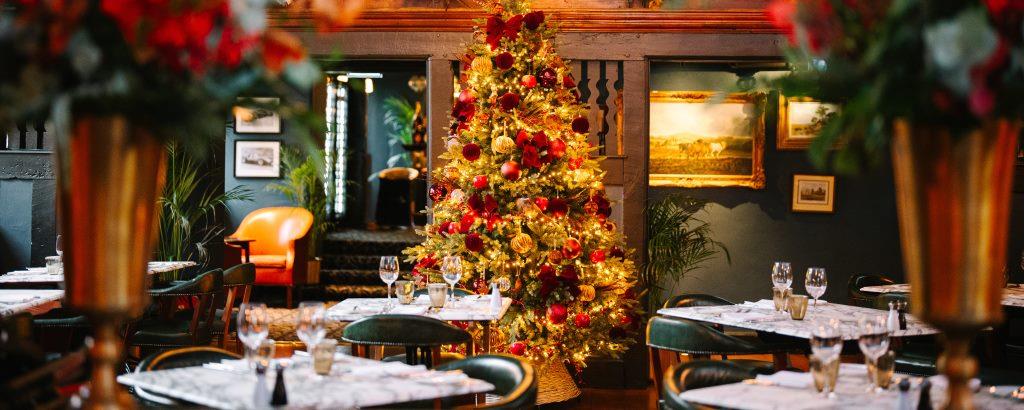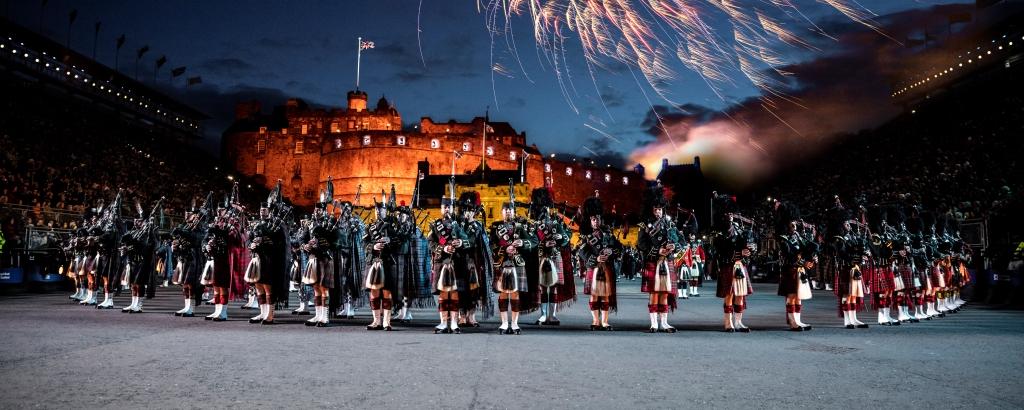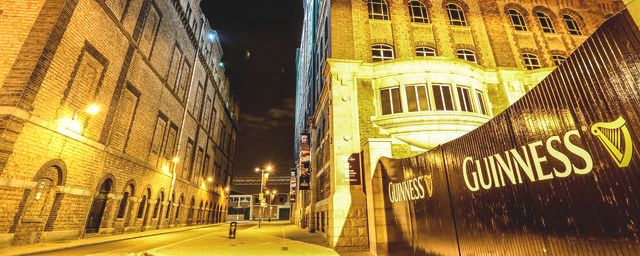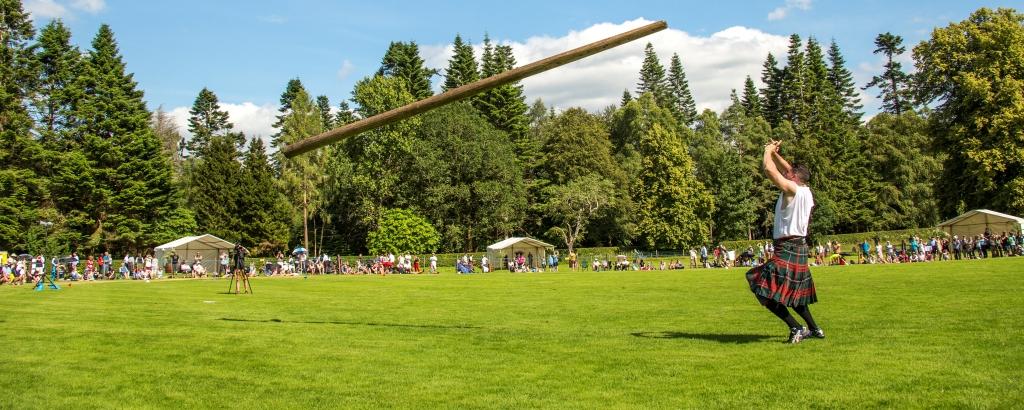Henry VIII’s lost dagger: from the Tudor Court to the Victorian stage
A mystery dating back to the court of King Henry VIII (1491-1547) has inspired a landmark exhibition at Strawberry Hill House in London, which reimagines the extraordinary journey of a vanished Ottoman dagger — once believed to belong to the Tudor king — through Gothic collections, Victorian theatre, and the world of curatorial sleuthing.
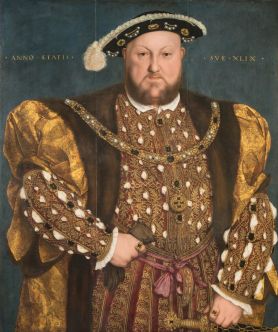 Hans Holbein the Younger, Portrait of Henry VIII, (detail) c.1540, oil on panel. Galleria Nazionale d’Arte Antica, Palazzo Barberini, Rome. In Public Domain.
Hans Holbein the Younger, Portrait of Henry VIII, (detail) c.1540, oil on panel. Galleria Nazionale d’Arte Antica, Palazzo Barberini, Rome. In Public Domain.
The search begins at Strawberry Hill, home to Horace Walpole (1717-1797) the writer and collector who launched Britain’s love affair with the Gothic. Among Walpole’s wealth of antiquities was a 16th century Ottoman dagger, which he believed to have once been owned by Henry VIII. Richly decorated, ‘with a profusion of rubies and diamonds’, it was a spectacular object, which several drawings made by John Carter (1748-1817) clearly show.
The dagger’s story is rooted in a time when England’s court was acutely aware of the rising power of the Ottoman Empire under Suleiman the Magnificent (1494-1566). By the 16th century, ceremonial Ottoman arms had become highly coveted across Europe. Monarchs and nobles collected these weapons, not just as tools of war, but as symbols of status and global connection, embodying the complex interplay between politics, prestige, and the allure of the Islamic world.
Ottoman dagger, 16th century, iron, gold, silver, jade. Kunsthistorisches Museum Vienna, Imperial Armoury © KHM-Museumsverband.
When Walpole’s collection was sold in 1842, the dagger was acquired by Charles John Kean (1811-1868), the renowned Shakespearean actor and director of Queen Victoria’s private theatricals at Windsor Castle. Kean pioneered what critics dubbed ‘living museums’ on the Victorian stage, using authentic historical artefacts—including this dagger and the famous Cardinal Wolsey Hat (also acquired at the Strawberry Hill Sale and now at Christ Church College, University of Oxford)—to create historically accurate costumes and stage designs. A photograph from 1858 showing Kean and his wife Ellen Tree demonstrates this revolutionary approach to theatrical antiquarianism. After Kean’s death, the dagger vanished without trace.
Determined to track down this lost treasure, Dr Silvia Davoli, Principal Curator at Strawberry Hill House, launched an international investigation. Using Walpole’s original drawings as guides, her team made a remarkable discovery: six almost identical daggers scattered across the globe—at Vienna’s Kunsthistorisches Museum, Welbeck Abbey, the Kremlin, Budapest’s Museum of Decorative Arts, Kuwait’s al-Sabah Collection, and London’s Furusiyya Art Foundation.
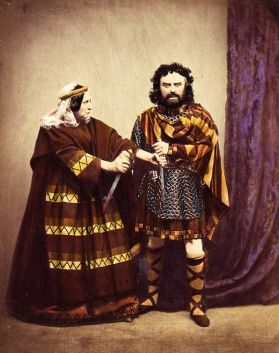 Shakespearean actor Charles John Kean (1811-1868) and his wife, Ellen Tree, as Macbeth and Lady Macbeth in costumes that aimed to be historically accurate (1858). In Public Domain.
Shakespearean actor Charles John Kean (1811-1868) and his wife, Ellen Tree, as Macbeth and Lady Macbeth in costumes that aimed to be historically accurate (1858). In Public Domain.
For the first time ever, visitors can see two of these extraordinary daggers—the Welbeck Abbey and Vienna examples—displayed together, alongside reproductions of 18th-century materials related to Walpole’s lost dagger from Yale University’s Lewis Walpole Library in the USA.
Recent conservation work confirms their 16th-century origin and reveals sophisticated craftsmanship suggesting they may have been part of a diplomatic gift set, their paths ultimately diverging across Europe’s courts. The daggers invite reflection on how objects and ideas travelled across early modern Europe, connecting the Ottoman Empire with Renaissance courts, and how different eras reimagined these treasures.
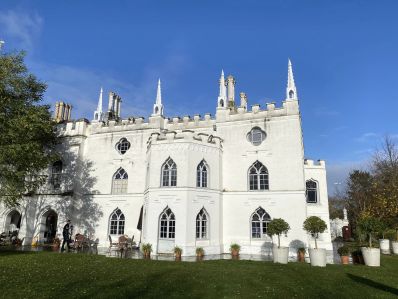 Strawberry Hill House
Strawberry Hill House
Strawberry Hill House and Garden, created by Horace Walpole in the 18th century, has been open to visitors for over 250 years. This extraordinary building in west London is internationally famous as Britain’s finest example of Georgian Gothic revival architecture and it is home to an increasingly important collection of paintings and objects. The new exhibition will be accompanied by curator-led tours, public lectures, and hands-on workshops exploring Ottoman artistry and Tudor pageantry.
Dr David Gaimster, Director of Strawberry Hill House says: “After centuries of separation, two extraordinary daggers will reunite at Strawberry Hill – potentially the last surviving witnesses to a treasure that vanished into legend. This exhibition is our chance to piece together one of collecting’s most tantalizing puzzles.”
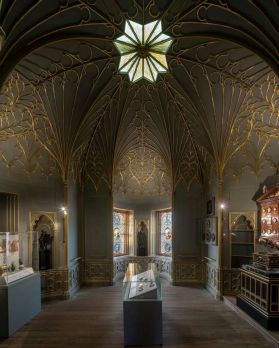 The Tribune at Strawberry Hill House, where the daggers will be displayed. Photograph by Matt Chung.
The Tribune at Strawberry Hill House, where the daggers will be displayed. Photograph by Matt Chung.
Dr Silvia Davoli says: “Like Walpole himself, we believe that touching the past through objects can transport us across time. These daggers have journeyed from Ottoman workshops to Henry VIII’s court, from Walpole’s Gothic fantasy to the Victorian stage – and now they’re ready to tell their story.”
The exhibition takes place from 1 November 2025 to 16 February 2026 and entry is included with general admission to Strawberry Hill House.
If you or your group would like to visit this extraordinary exhibition at Strawberry Hill House this winter as part of a tailor-made trip to London, please do contact our friendly team today. Or perhaps you would like to enjoy a heritage tour of the United Kingdom - if so we can help!


